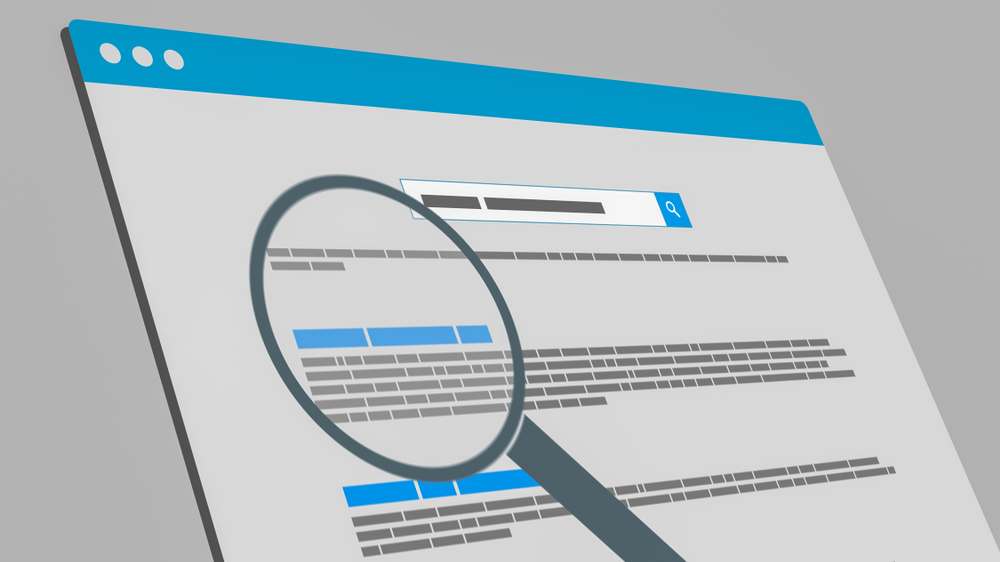There are a plethora of ways to optimize your website for certain keywords in Google search results. From using related keywords in your text to internal linking, search engine optimization involves a number of ranking factors that work together to enhance your website. Of these many ways, having a compelling meta description is one of the easiest ways to boost your results. Learn how to write a meta description to improve your website’s SEO.
When it comes to ranking on search engines, the HTML code behind the scenes can make just as much of a difference. Learn about the importance of meta descriptions for SEO. Click To TweetWhile finding new clients and making sales is important, one goal of any website should be to increase traffic. At the base level, getting users to visit your web pages and learn about your brand is what encourages action. Thus, having an enticing meta description is what will draw users to your site. Let’s consider what goes into making a meta description fully optimized to enhance your content’s performance.
What is An SEO Meta Description?
In short, a meta description is a short snippet of information that describes a link to a web page. It is normally displayed on search engine result pages such as Google to give users an idea of what they’re going to be clicking on. Together with the title tag and URL link, the meta description is a vital factor in helping increase click-through rates for web pages.
To be clear, Google announced in 2009 that it doesn’t use meta tag keywords in its ranking algorithm. Meta descriptions are similar to ad copy, however, which means you can receive SEO benefits indirectly. By customizing your meta descriptions for your individual pages, you can draw users to visit your website. If more people click on your search result, Google will see you as a valid source of information, which will then help advance your position.
Title Tag: Do’s & Don’ts
Title tags are an important part of meta descriptions. Their primary purpose is to tell users what to expect from a web page. Here are a couple of things to keep in mind as you write your title tag:
- Keep your tags between 50-60 characters. Google cuts off title tags in search engine results after a certain number of pixels so this is a good rule of thumb to make sure the full title is displayed.
- Don’t use all caps. Yes, you may get attention but not for the right reasons. All cap titles have the reputation of being aggressive or unprofessional.
- Use 1-2 keywords. You’re writing for humans, not robots. If you’re trying to rank for different keywords, stick with using only one or two keywords in your actual title. Otherwise, it will look like you’re trying to cram as many keywords in the space as possible.
Meta Tag: Do’s & Don’ts
Considered the main part of the meta description, the meta tag is the 1-2 sentences that give a quick preview of what the blog post or web page will be about. Here are a couple of things to keep in mind when attempting to write a meta tag that grabs a user’s attention:
- Keep it under 160 characters. While there’s no optimal length, most snippets start to cut off the message after a certain point.
- Include a call to action. A meta description is an advertisement for a certain page. Make it actionable so that users are motivated to click the link.
- Use your target keyword. While Google may not rank your listing based on your meta description, they do bold the text in the meta description that matches a search query. With that in mind, make sure your meta tag includes your keyword in a way that makes sense.
- Don’t duplicate meta descriptions. If all of your pages have the same meta description, the user experience in Google will diminish. Customize the meta tag for each page so that users can distinguish the differences between your content.
It’s Time to Review Your Meta Description Tags
When you create content for your website, the ultimate goal is to get readers to find it and share it with others. This is where meta descriptions reign supreme, especially when completed hand-in-hand with careful keyword research. By taking the time to customize each title tag and meta tag to highlight the contents of each page, you can give users a better idea of what you have to offer.
Not sure where to start? Contact our team for ways to enhance your website’s visibility.

